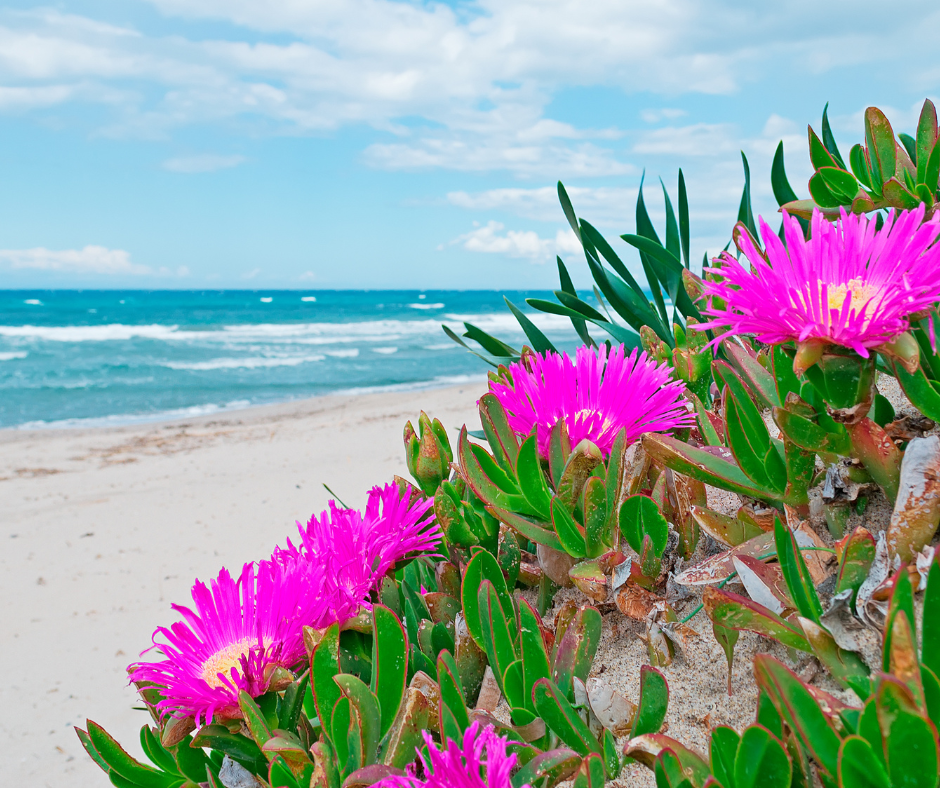Alien plants, not the ones with antennas and X-ray eyes, but the ones that silently invade our ecosystems, are a curious topic that scientists are increasingly paying attention to. Imagine a plant arriving on a new planet, say Earth, and deciding that it is a great place to put down roots, literally.
- Alien plants and biodiversity
- The ways of aliens
- Allopathy and ecosystem effects of aliens
- Awareness-raising, monitoring and eradication
Alien plants and biodiversity
The introduction of alien plants, plant species that are not native to a given ecosystem, can have significant effects on that ecosystem.
These species, often introduced by humans voluntarily or accidentally, can alter the existing ecological balance.
Studies such as that of IPBES show that invasive alien species are one of the top five direct drivers of biodiversity loss.
A group of 45 researchers from Italy and abroad came up with a count of 1782 alien species; of these, 250 are invasive on a national scale, while 20 are on the EU blacklist.
It has also been observed that native Alpine plants are suffering due to climate change, while alien species tend to thrive, thus changing the original biodiversity of the Alps.
Climate change plays a crucial role in this context as the aliens are adapting better to high temperatures.
The ways of aliens
The significant impact is on biodiversity, with the alteration of ecosystems and the reduction of the variety of native species. In addition, alien plants can introduce diseases or pests to which native species are not resistant, causing further damage.
Non-native plants can compete with native ones for limited resources such as light, water and nutrients often with greater efficiency due to their adaptability and absence of natural predators.
These species can be introduced accidentally or deliberately into a new environment through human activities such as trade, transport, agriculture or gardening.
Once introduced, they can spread through various vectors such as wind, surface water, animals and humans. They can even change the structure and composition of the soil, adversely affecting the growth of other plants.
Allopathy and ecosystem effects of aliens
Among the best known species in Italy is the Robinia pseudoacacia, commonly known as acacia, native to North America and now widespread in many regions, where it alters the composition of native forests.
Another example is the Ailanthus altissima or tree of paradise, which, with its rapid growth and ability to release toxic substances into the soil, inhibits the development of other plants, and hosts a number of harmful invasive insects.
La Baccharis halimifolia, known as maritime alder, is another invasive species that is spreading in coastal areas, changing habitats and endangering local flora. Also the Senecio inaequidens or Cape Senecio inaequidens, is rapidly expanding, especially in northern regions, and can cause problems for agricultural crops and pastures.
These are just some of the species that have found favourable conditions to thrive, often to the detriment of others. Some in fact release chemicals that inhibit the germination or growth of native plants, a phenomenon known as allelopathy.
These changes can have knock-on effects on animals, but also on crops, water availability and increase the risk of fires.
Awareness-raising, monitoring and eradication
The European Regulation No. 1143/2014 aims to prevent and manage the introduction and spread of invasive alien species.
For Italy, the Legislative Decree 230/2017 prohibits the deliberate or negligent introduction of invasive alien species of EU relevance into the EU.
The management of these plants follows an integrated and hierarchical approach, including prevention, control, eradication and ecosystem restoration. In Italy, significant successes have been achieved, such as the eradication of Ludwigia grandiflora in the Mincio Regional Park through mechanical and hydraulic interventions.
To prevent further spread of invasive species, it is essential to avoid the introduction of non-native plants and to actively participate in monitoring programmes managed by various bodies.
Raising the awareness of the entire community on the identification and management of these species is equally important.
The presence of invasive alien plants also raises interesting questions about the resilience and adaptability of plant species. This leads us to reflect on possible scenarios of life on other planets, where plants with characteristics quite different from ours could develop.
Play for the planet!
